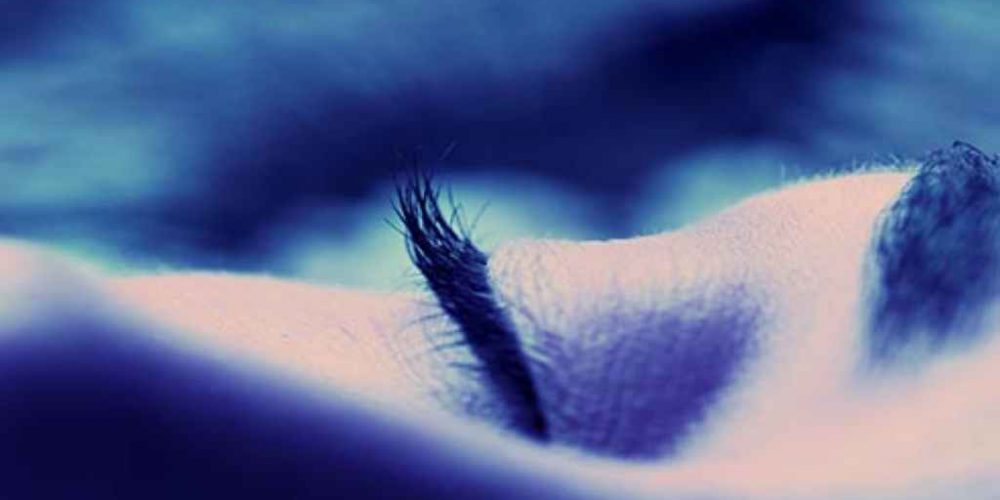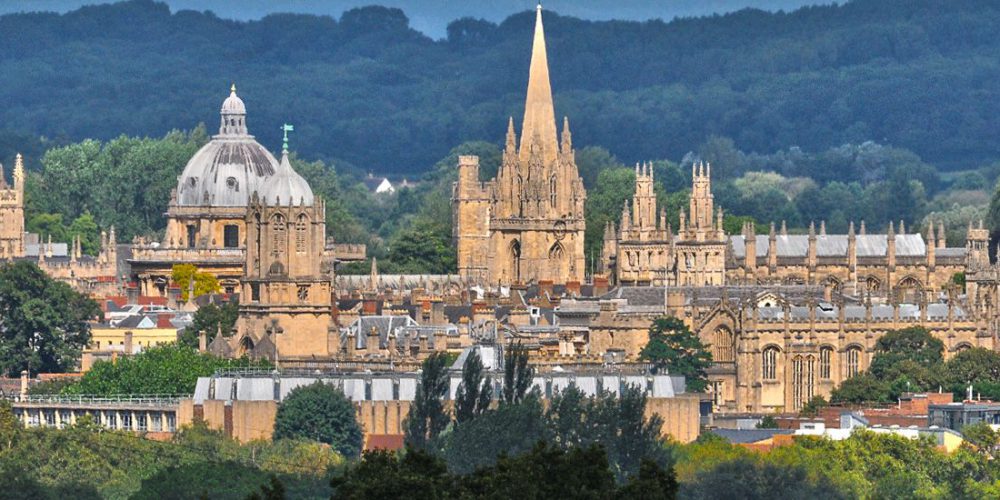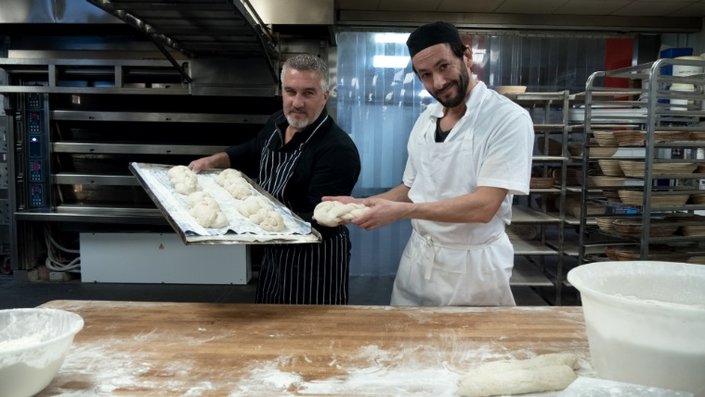Discovery in Kent

The long-lost art of the world’s first major global war has been rediscovered inside a historic manor house complex in the Kent countryside.
Eighteen images of ships, scratched on the building’s walls by French prisoners of war in the mid-18th century, have been found by historical investigators carrying out conservation work at a National Trust property, Sissinghurst Castle, 13 miles south of Maidstone.
Together with 16 other previously known ship images at the site, it is the largest collection of pre-19th century prisoner-of-war art ever discovered in Britain. All 34 graffiti images are now being studied in detail.
Historians believe that originally there were up to 3,000 PoW drawings carved on Sissinghurst’s walls – and that hundreds are still hidden under early 20th century plaster, awaiting discovery.
The art was produced by French and other PoWs captured by Britain in the run-up to and during the Seven Years’ War (1756-1763). It was the first really major global war – with fighting taking place in Europe, North America, the Caribbean, South America, India, the Philippines and West Africa. In total, the conflict involved 17 different countries and other political entities and cost around 1.5 million lives – three times more than the only earlier truly global conflict, the War of the Austrian Succession, which had ended only eight years previously.
For more than 200 years nobody knew what this painting represented. Then new research revealed it was the Seven Years’ War detention centre at Sissinghurst (National Trust/John Hammond)
Some 61,000 French and other enemy troops were held captive in a network of oppressive detention centres throughout Britain.
Many were kept incarcerated for between two and seven years. Thousands died from typhus and other diseases. Dozens were murdered by their guards. Across the Channel, thousands of British PoWs suffered in equally terrible French prison camps.
Of the 61,000 French and other prisoners (including Germans, Scandinavians and Italians) were incarcerated in Britain. These were the men who, to alleviate the emptiness and boredom of their imprisonment, scratched and chiselled vast numbers of ship images into the walls of the castle. The 34 engravings of ships, the majority of which have only been discovered over the past year, have now been recorded in detail by Britain’s leading historical graffiti expert, archaeologist Matthew Champion. His recording work has revealed the substantial variety of vessels in which the men had served.
A leading expert on 18th century ships, Dr Peter Goodwin, former curator of Nelson’s flagship HMS Victory, believes that some of the better preserved graffiti represent small privateers, fishing vessels and merchantmen. The privateers – mostly in the 55ft to 70ft range – would have had relatively small crews (probably no more than a dozen men each), while the merchant vessels (in the 60ft to 110ft range) may well have also functioned as privateers or as French troop transports.
Overall prisoner-of-war statistics for the Seven Years’ War, together with analysis of the ship types portrayed in the graffiti, suggest that the majority of the men at Sissinghurst were sailors (often fishermen and the crews of small privately owned and operated ‘privateer’ warships, acting on behalf of the French government).
In the 16th to 18th centuries, it was common practice to privatise warfare – with British, French and other governments licensing privateers to attack and capture enemy shipping. In the Seven’ Years War just over 30 per cent of the 61,000 PoWs in Britain were from such vessels.
Not only has the graffiti survived, but the letters withheld by the militiamen also still exist – along with a series of artefacts made by the PoWs.
Detailed analysis of those letters and other documents is currently being carried out by Dr Morieux and will be published in his book early next year.



































